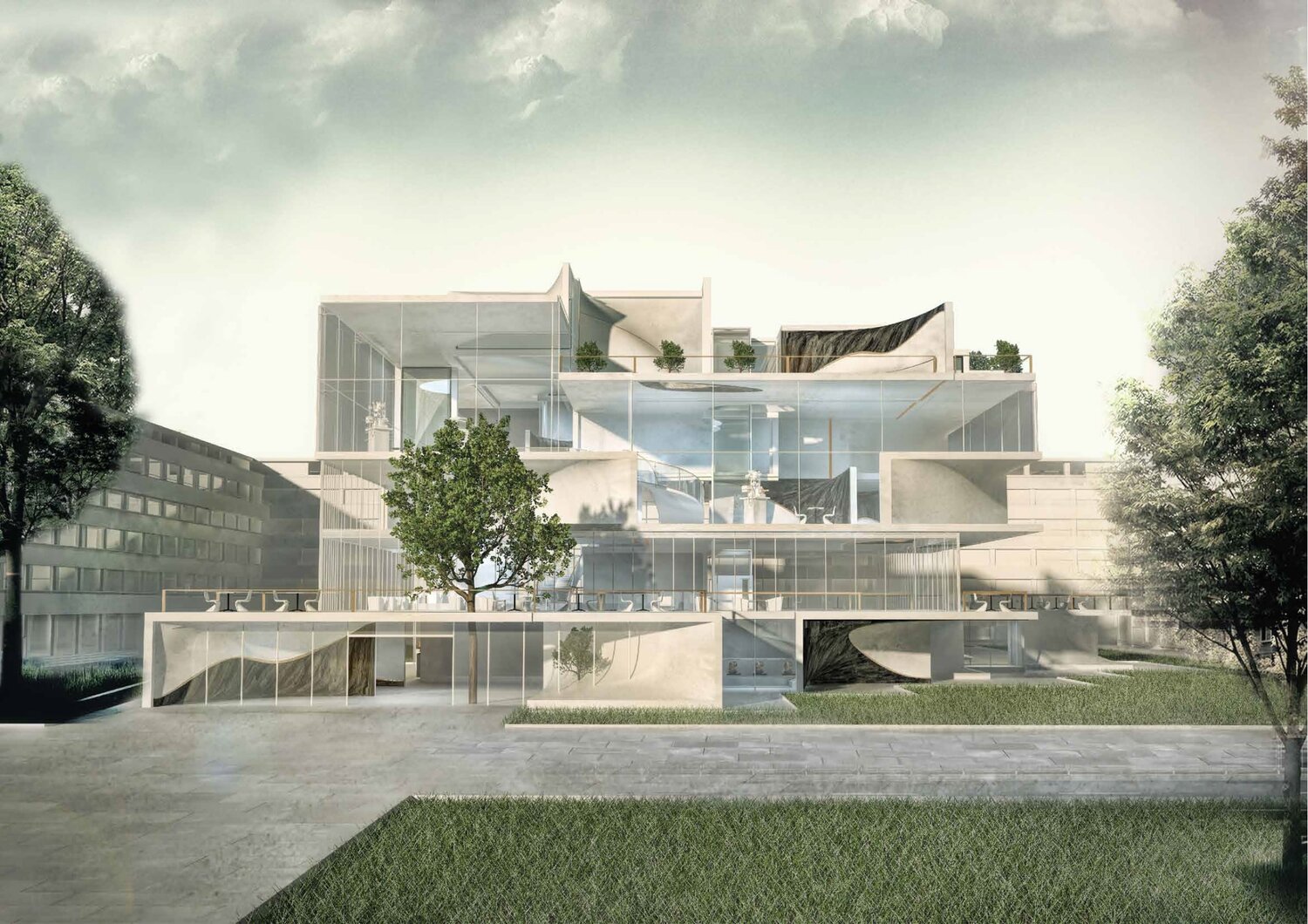
Architectural Visualization
What Are The Benefits of Architectural Visualization?
Working on a construction project requires a lot of work, but this is even more difficult if you can't visualise the design in the most detailed and most comprehensive way possible. To do this, one will have to use architectural visualization, which enables you and your clients to see what the final project will look like even if it hasn’t been physically started yet. It will be a great help during the design phase as it allows all team members handling the project to better collaborate and execute the plan with better precision and in greater detail.
If you’re not yet sure whether to use architectural visualisation for your construction project, be sure to read the following paragraphs to learn more about its benefits.
You can see the end result of your work
The visual model created through architectural visualisation enables the designer to see the end result of their work before it has been built. This allows them to inspect their model in previously impossible detail at an early stage, helping them grasp its complexities much more comprehensively.
You can save a lot of money
The ability to build the project virtually means that design glitches and unforeseen problems are seen and caught earlier, long before the project reaches building stage, thus preventing needless delays. Because of this, the use of architectural visualisation saves time. Moreover, this results in substantial financial savings in reduced labour, capital and material costs, as well as saving on the environmental waste caused by having to correct problems, spend longer on site, and so on.
You have in-depth visualisation of the project
Clients, buyers, tenants, and other stakeholders can see the designer’s vision in a much more immediate way with architectural visualisation. Experiencing the design from within, in the level of detail that the cutting edge of technology allows, can, by contrast, provoke a visceral engagement with the design. It is not unknown for clients to feel emotional when first seeing their scheme in this way. Through this visual approach, clients and stakeholders are able to engage with the designer in greater detail, and to guide the design process more closely towards their desired result.
It allows you to demonstrate the plan
A number of general benefits for use of architectural visualisation have been identified in literature. These include increase collaboration, reduce risk and error, increase communication, and identify issues in sequence by having the ability to rehearse project activities and demonstrate how the plan would play in a “virtual world.” The architectural visualisation also enables the designer to foresee hazards and risks associated with the project.
It is useful in safety and project planning
Another benefit of using architectural visualisation is its importance in ensuring safety and project planning on construction projects. This view suggests that it provides a platform for improved planning and management of construction activities. It is to be particularly useful in assessing the constructability of work methodology, increasing visualisation, the ability to detect clashes and providing simulations which assist in planning and further analysis of project methodology.
It gives you an immersive reality experience
More immersive experience through Virtual Reality (VR) and Augmented Reality (AR) are specifically helping the Architectural, Engineering, and Construction design review workflow, taking advantage of the fastest hardware for graphics acceleration and rendering. This leads to faster design iteration and real-time (or near real-time) rendering for higher-quality visualisation.
It improves productivity
New technologies are seen to have a two-pronged effect on improving productivity and efficiency. First, they’re enabling designers to iterate designs faster, resulting in time savings, reduced labour cost, and shorter project duration. Second, technologies like GPU virtualisation drive better collaboration, especially for remote teams collaborating on a shared model, accessed from a secure data centre.
It allows you to better manage BOM models
As more companies are embracing architectural visualization, there is a growing need for much higher graphics capability to ensure a smooth design and model-development experience. By using this technology, you can simplify your design reviews as well as save time when working on the project.
It increases efficiency in rendering
By adapting to newer technologies in the field, many companies reap the benefits such as: higher quality output and better comprehensive of visualisation, time and resource optimisation (efficiency in rendering), and positive impact on the business (repeat client business).
These are just some of the benefits businesses can gain from using architectural visualization for their construction projects. Through this feature, clients can easily visualise the structure of the building project, and this will help them come up with their input on the things they like and dislike about the architectural design. That said, potential misunderstandings can be prevented even before the construction work begins. Moreover, this will save time and reduce costs for the project since everything can be checked and reviewed right away at the start. For this reason, it’s necessary to hire a reliable agency that can guarantee excellent architectural visualisation services, so that your ideas can be easily understood and referenced throughout the various phases of a construction project.